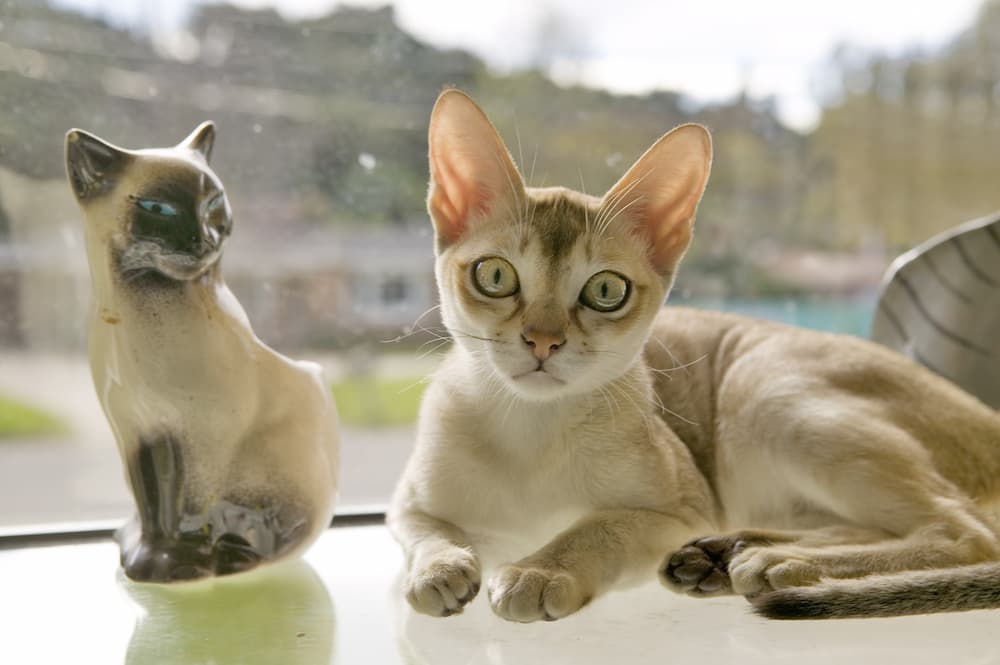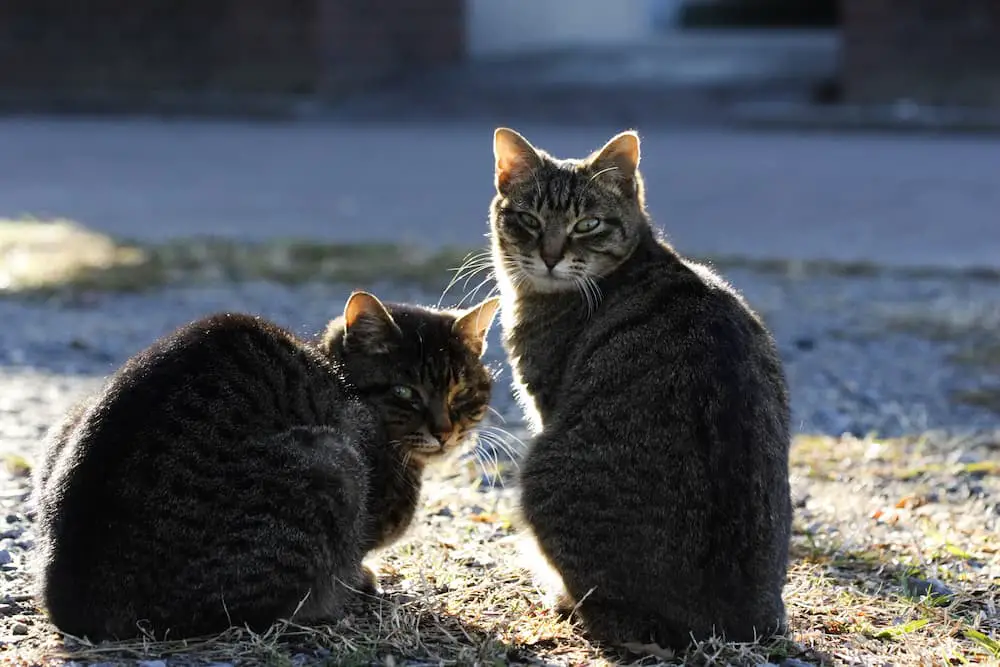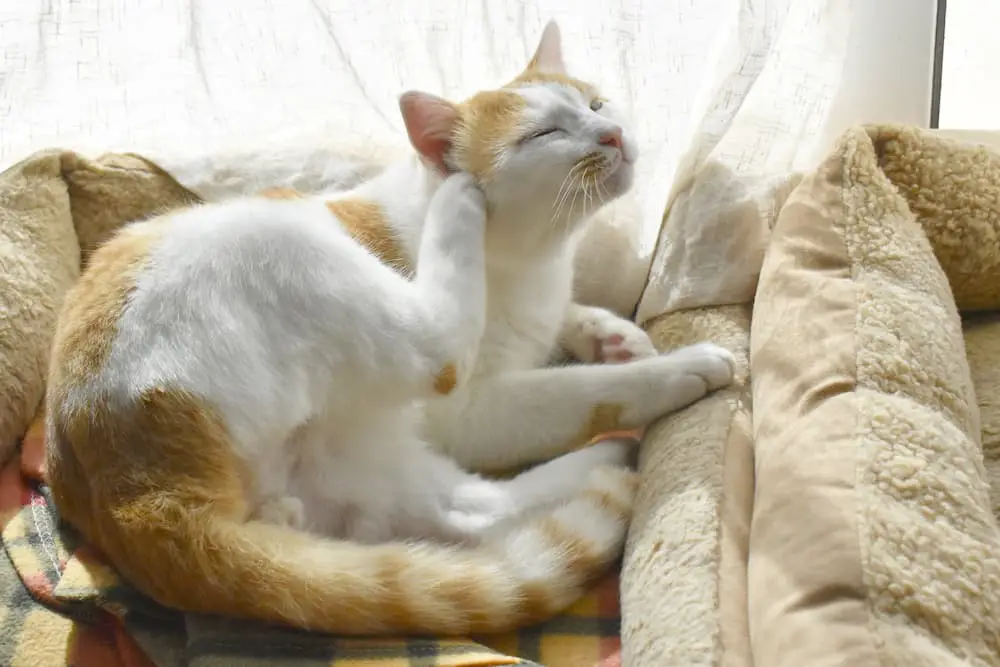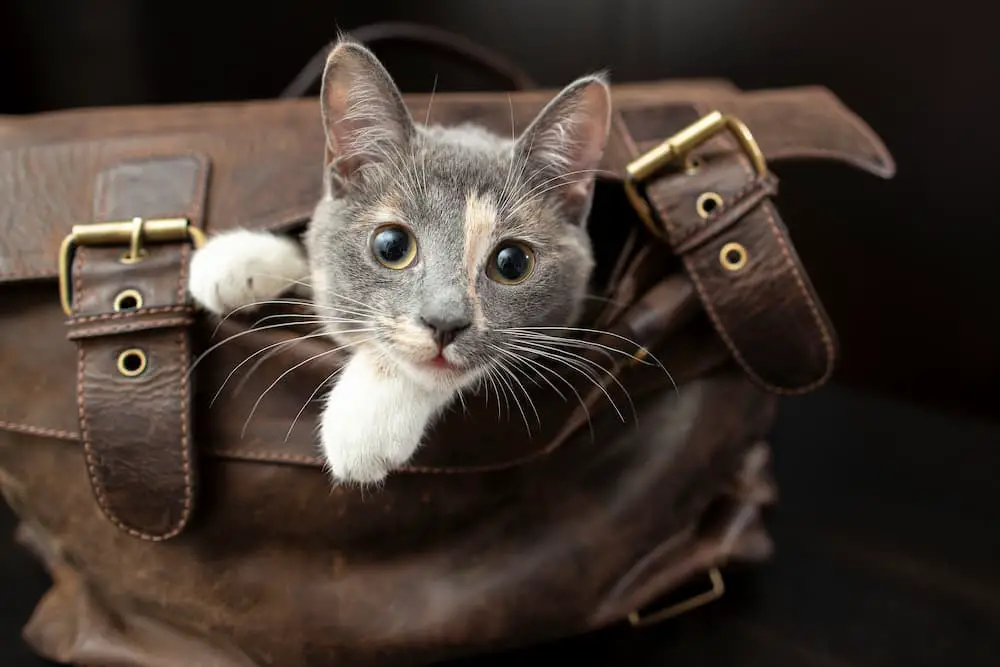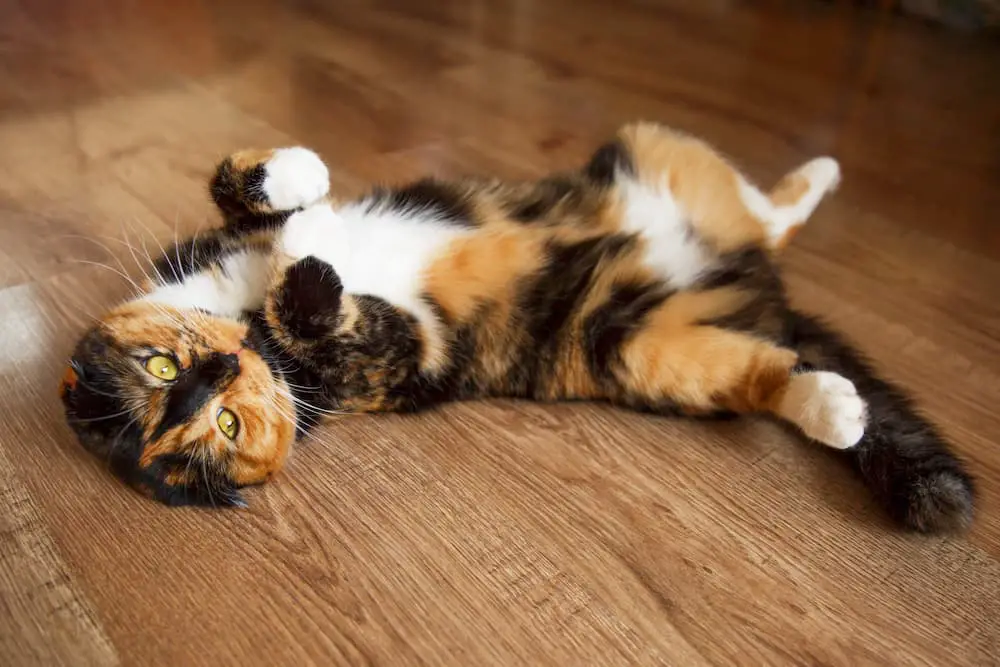Do you ever wonder whether your cat is happy, scared, or grumpy? Maybe he has a secret language that only his feline friends understand. Or maybe what’s he’s trying to communicate can be easily read from the position of his ears! To help us out in deciphering our beloved fur babies, let’s take a closer look at some common ear positions cats adopt and how they could be signaling their mood back to us – starting with “Airplane Ears”!
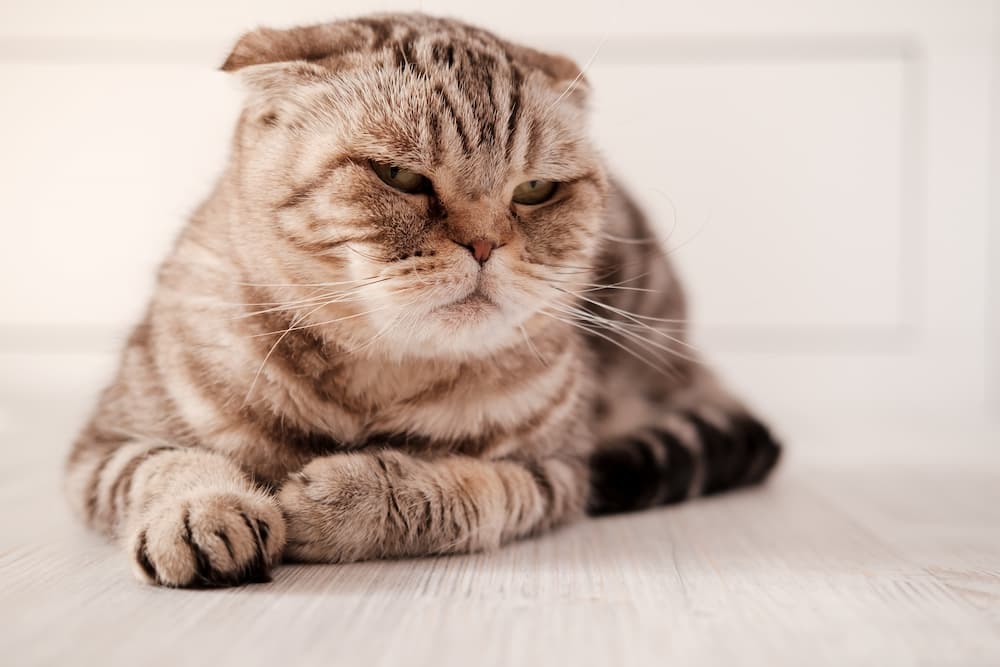
“Airplane Ears”: What Does it Mean and How to Respond
If you’re a cat owner, you’re probably familiar with the term “airplane ears.” But for those who aren’t, it simply refers to a cat’s ears suddenly flattening against their head and pointing outward, resembling the wings of an airplane. It can be a sign of fear, anxiety, or aggression. However, it’s important to note that not all cats do this, and that it’s just one of the many ways our feline friends communicate.
So, how should we respond? First and foremost, stay calm and avoid doing anything that may provoke your cat. If you suspect your cat is feeling uncomfortable or stressed, try to control the situation by removing any potential sources of fear. And if your cat continues to show signs of discomfort, seek the help of a veterinarian.
Forward-Facing or Alert Ears – Your Cat is Ready to Play!
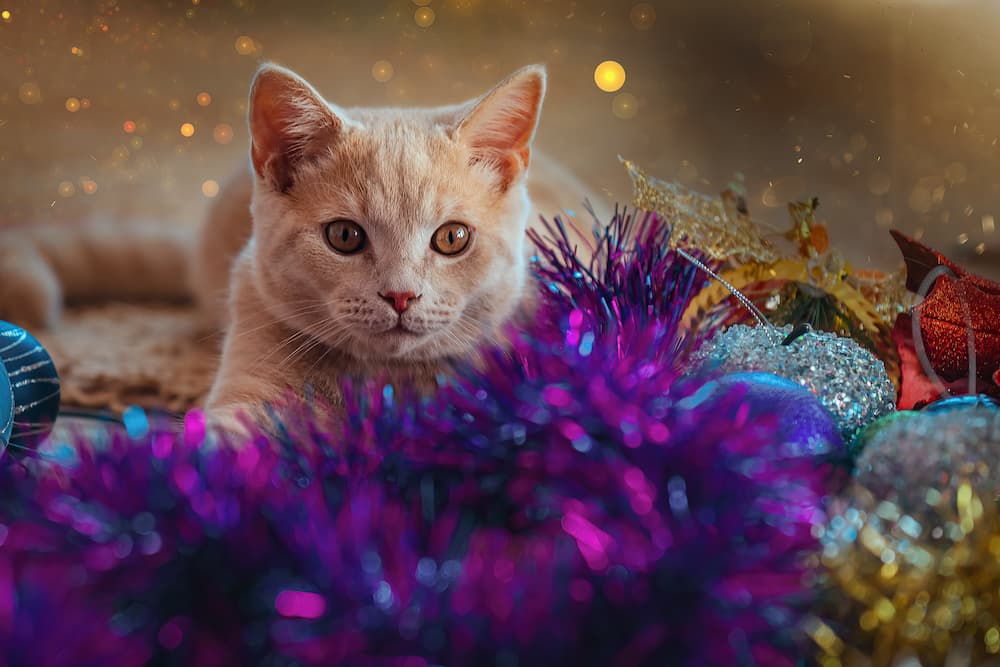
Do you notice when your cat’s ears are facing forward or alert? That means they’re in the mood to play! Whether it’s chasing a toy mouse or swatting at a dangling string, your feline friend is ready for some fun. And let’s be real, who doesn’t love playtime with their cat? So next time you see those perky cat ear positions, grab a toy and get ready to join in on the excitement. Plus, playing with your cat can also provide some great exercise for them. It’s a win-win situation!
Relaxed Ears – When Your Cat Feels Secure
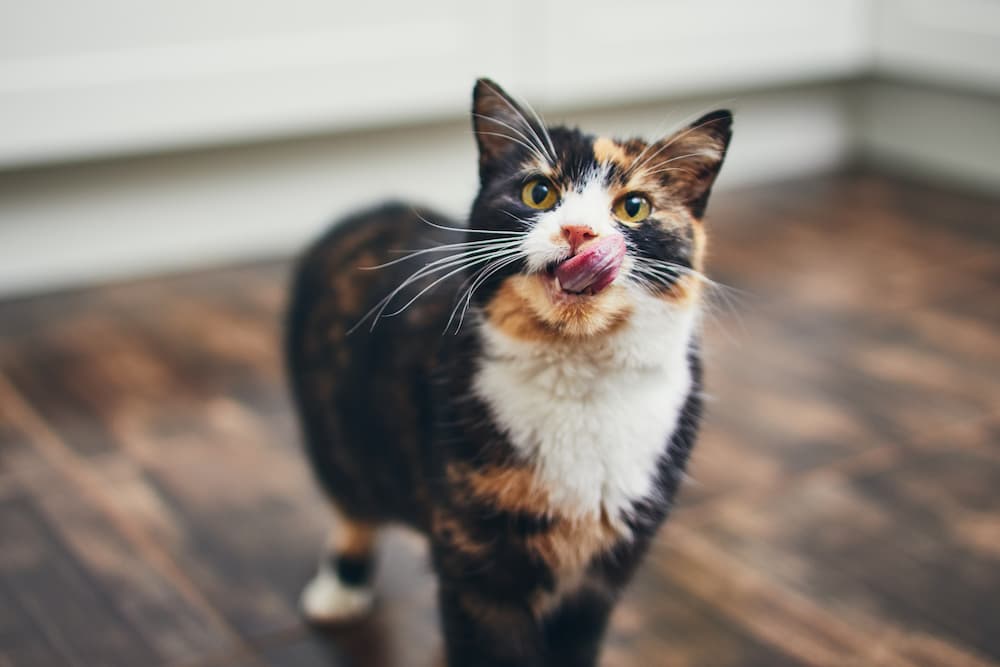
Have you noticed your furry feline’s ears sitting in a relaxed position? Congratulations, your cat is feeling safe and sound. When a cat’s ears are laid back, it indicates they are not on high alert and are comfortable in their surroundings. It’s like they are telling you, “Hey, I’m cool, calm, and collected!” They might even give you a little purr as a sign of contentment. So, take this as a compliment! You’re doing a great job giving your kitty a secure environment to thrive in. Keep up the good work, and don’t forget to give them some extra love and attention.
Pricked Up Ears – Time To Pay Attention To What’s Going On Around Them
If you see your cat’s ears prick up, it’s time to pay attention to their surroundings. Cats are natural hunters and their ears are finely tuned to detect even the smallest sound. So if they’re listening intently, it’s likely there’s something worth investigating nearby. Maybe it’s a bird outside the window or a bug on the floor. Whatever it is, your furry friend is ready to pounce. Take a cue from your cat and stay alert to the world around you. Who knows what exciting things you might discover?
Lowered, Flat, or Tucked Away Ears – Signs of Fear or Stress
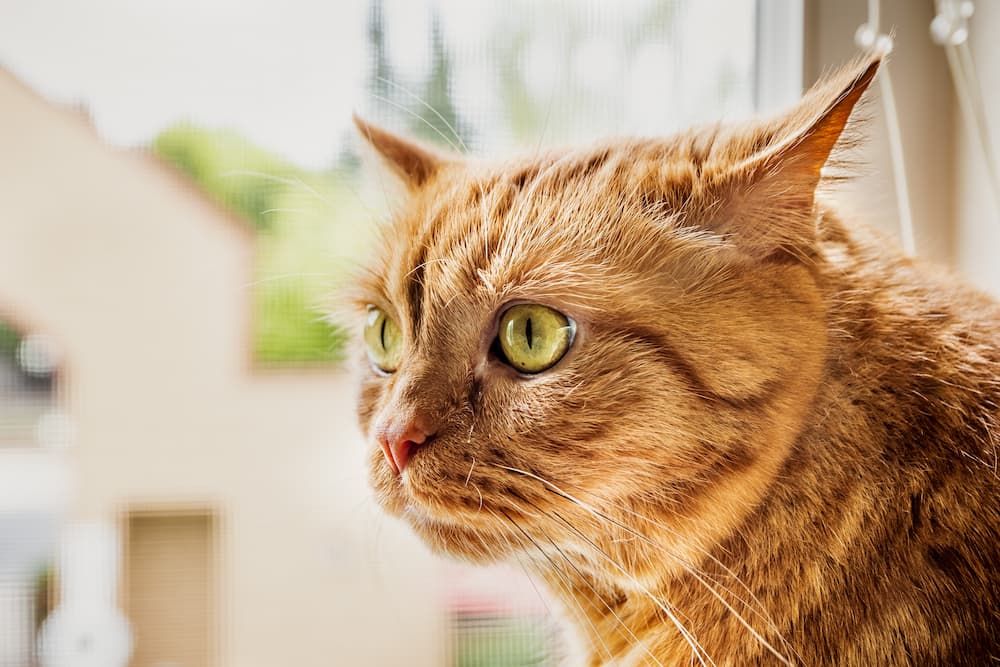
Have you ever noticed your cat’s ears looking different than usual? Lowered, flat, or tucked away ears are common signs that your furry friend may be feeling fearful or stressed. But don’t worry, there are easy ways to help alleviate their discomfort. Providing a comfortable and safe environment for your cat to retreat to can help reduce stress levels. Additionally, incorporating playtime and interactive toys can help stimulate and distract your cat from their anxieties. And of course, lots and lots of love and affection never hurts! Remember, a happy cat equals a happy home.
Learning to identify and understand your cat’s ear positions can provide invaluable insight into their current state of mind and give you a better understanding of what they need. While it’s true that all cats are unique, having a better understanding of their body language can help you to become a more knowledgeable pet owner and bring you closer together with your furry friend. Taking the time to observe your cat every day can ensure that alongside airplane ears you know when they want some extra pats or when to leave them alone.
The Catington Post is reader-supported. That means, if you make a purchase through links on our site, we may earn an affiliate commission. All images and names which are not the property of The Catington Post are the property of their respective owners.

